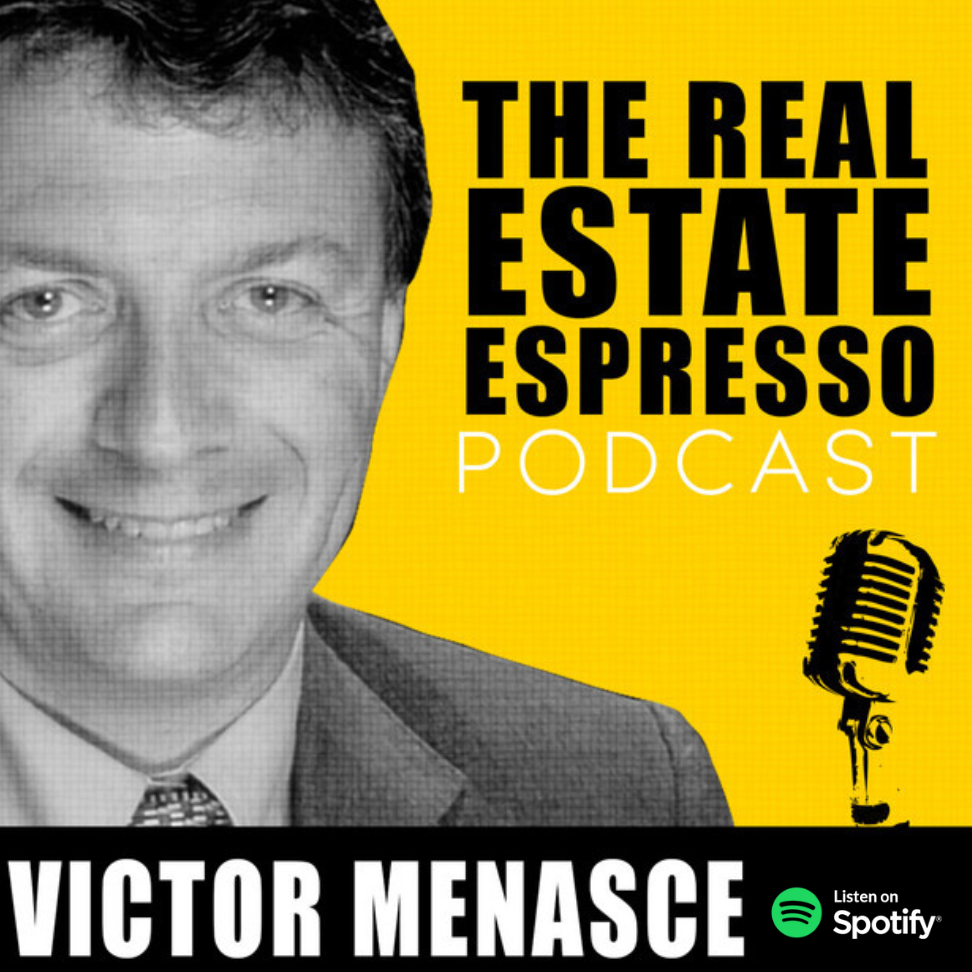On today’s show we’re going to ask a fundamental question about business structure. I’m not going to answer the question. But give you something to think about.
The potential problem arises when you have a mismatch between a short term revenue commitment from your customers and a long term expense commitment in your business. These situations arise all over the industry.
Starbucks signs a multi-year commercial lease for a location. But the customers are not making a long term commitment to buy coffee. A customer commitment to a coffee is a 15 minute commitment. Somehow, the folks at Starbucks are comfortable and confident with the notion that someone who bought a coffee today is likely on average to buy a coffee tomorrow even though there is no long term commitment to do so.
In the co-working space, companies like WeWork and others in the same segment are experiencing a dramatic drop in revenue because customers in many cases had a 30 day commitment to the space. Whereas the co-working landlord had made long term financial commitments. Critics of the business model point to the 30 day commitment as the Achilles heel of these companies. I too have been a critic of WeWork for that reason.
But the exact same theoretical problem exists all over the place. The entire Self Storage industry is based on the notion of customers renting a storage locker in 30 day incremental commitments, and the storage company has a long term commitment to the business.
The entire hotel industry is based on clients making a one night commitment. You can cancel free of charge up to 6PM on the night of arrival. Yet the hotel owner builds a multi-million dollar, building complete with swimming pools, conference facilities, a restaurant and a big fancy lobby. All of this for a one night commitment of revenue.
Most of the time these mismatches between a short term asset and a long term liability work out just fine.
Then again, in the rare case it results in complete business failure. The entire rental car industry is suffering terribly because of this fact. Hertz Rent A Car is in bankruptcy because they have long term commitments to their bond holders to the tune of $19B dollars. Here too, customers commit to rent cars one day at a time.
The airlines purchase an entire fleet of aircraft where each aircraft costs a couple of hundred million dollars. Many of these purchases are financed. In some cases, the planes are leased and there is a long term lease. The customer on the other hand is committing to fly to London and back over the next couple of weeks.
Maybe you’ve purchased a property and put it into the short term rental market with AirBnB or VRBO. You have mortgaged the property to get some bank financing for the next 25 years. Again, the customers are committing to a couple of nights stay at your beautifully furnished vacation rental by the lake.
You’re starting to get the idea.
It’s easy to look at WeWork or Hertz and have sage wisdom on the folly of their business model. It’s easy to be an armchair quarterback and say how you would do it better.
But the reality is so much of the business world and the lending world has accepted the notion that a mismatch between the lifespan of an asset and that of a liability can be different. But that mismatch has some risk inherent in it. The greater the mismatch in time, or the greater the volatility of the revenue, the greater the risk.
The risk is of a pandemic, or a terrorist flying a jet into a building, or armed conflict, or social unrest. Any of these things can result in business disruption that can expose the risk to the revenue stability. Again, I don’t have all the answers. But it’s something to think about how you mitigate that risk, incredibly small as that risk may seem on the day you sign on the loan agreement.



